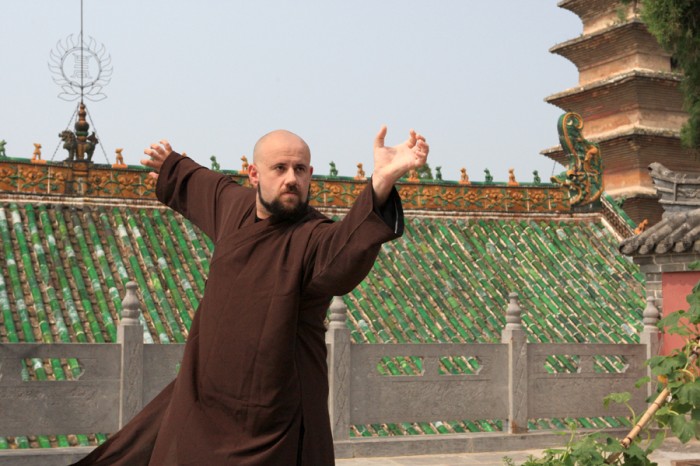Random Free Articles
- How to practice Shaolin Rouquan well
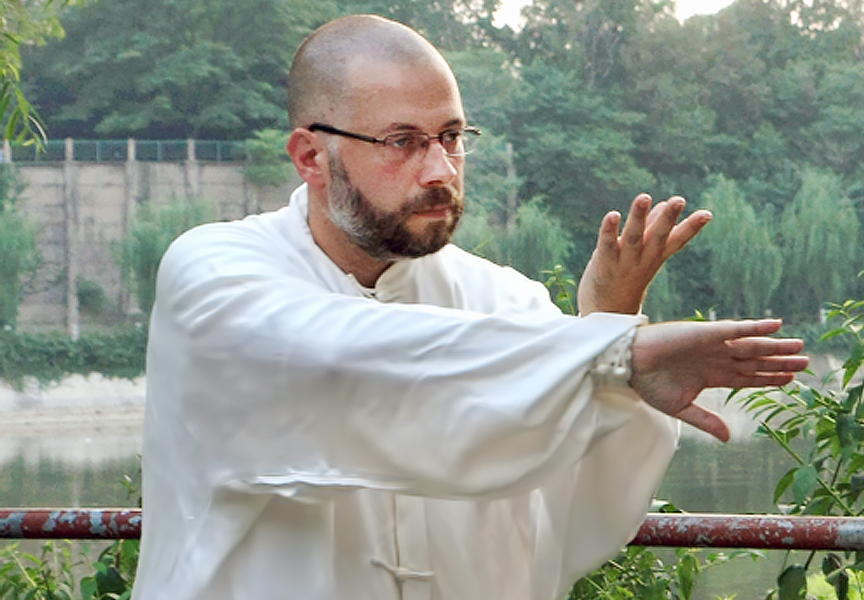
A Guide to Mastering the Art Shaolin Rou Quan [Chin.: Shàolín róu quán 少林柔拳], is an ancient martial art, heritage of the Shaolin Temple that has gained worldwide popularity for its numerous health benefits and graceful, flowing movements. The practice of Shaolin Rou Quan goes far beyond the superficial appearance of slow, rhythmic exercise; it is a deeply rooted tradition with profound physical and mental advantages. In this…
- Taolu. The Artistry of Forms
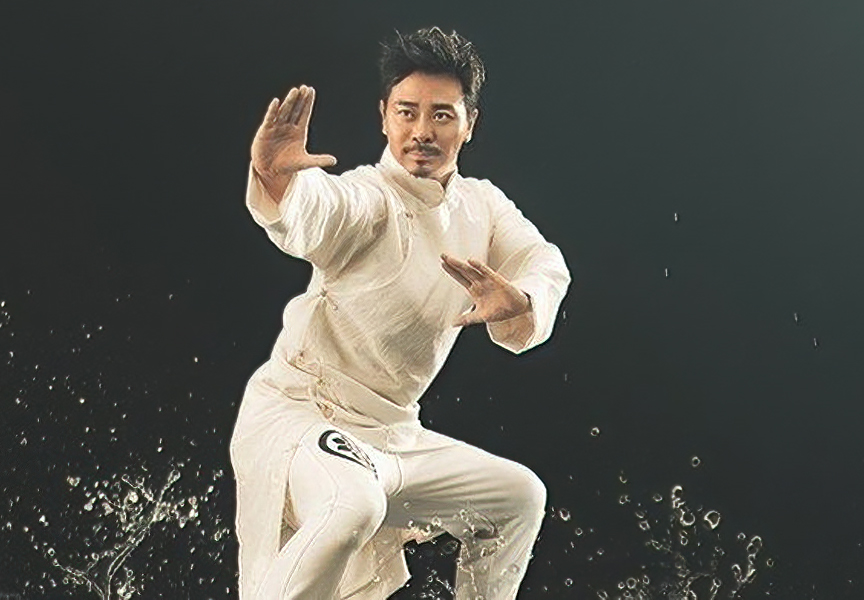
Martial arts, deeply rooted in ancient traditions and philosophies, embody a rich tapestry of physical prowess, mental discipline, and cultural significance. One of the distinctive elements in Chinese martial arts is the practice of "taolu" [Chin.: tàolù 套路], commonly known as forms. Taolu is not merely a choreographed sequence of movements; it is a dynamic expression of a martial artist's skill, showcasing a harmonious…
- Every Competitor A Champion in Their Own Right
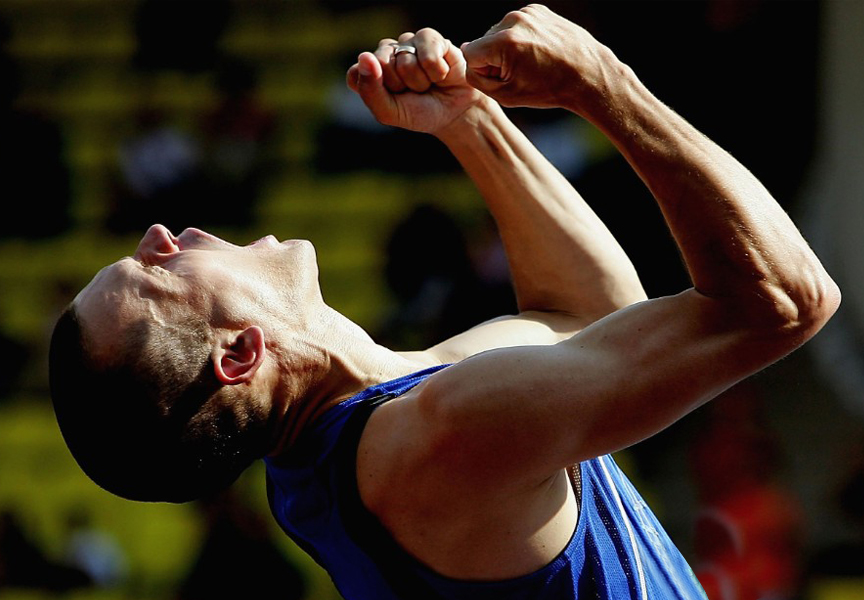
In the world of sports, competitions, and life in general, we often focus on the victors, the ones who stand atop the podium, wearing the gold, silver, and bronze medals. But let us not forget that a champion is not defined solely by their position – a champion is anyone who consistently gives their best every time they step onto the field, court, or any competitive arena. It's not just about finishing first, second, or third; it's…
- Shaolin Rou Quan in Medicine and Health Promotion
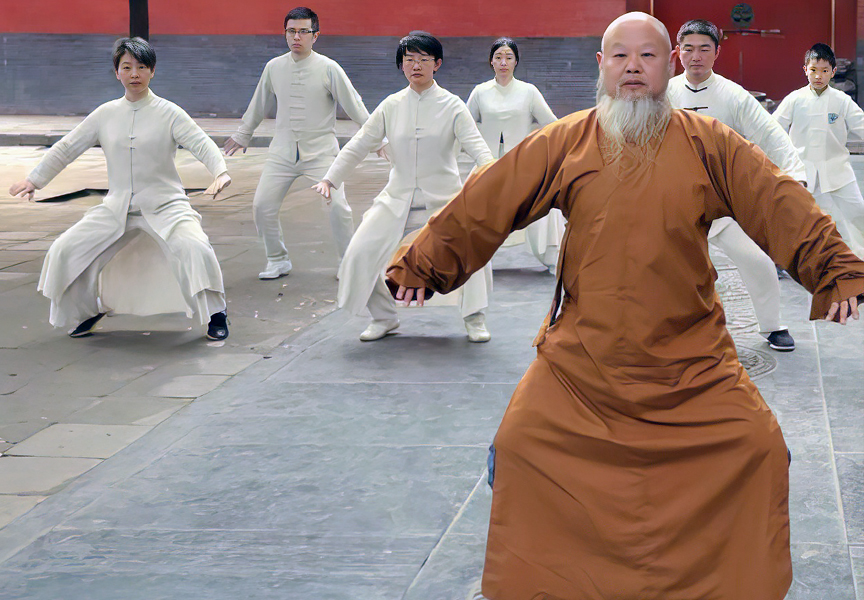
For centuries, the Shaolin Temple in China has been celebrated as the birthplace of martial arts, known for its legendary kung fu techniques and the dedication of its monks. While martial arts are primarily associated with self-defense and physical fitness, there is a lesser-known aspect of Shaolin culture that has been gaining recognition in recent years: Shaolin Rou Quan [Chin.: Shàolín Róu Quán 少林 柔拳]. This gentle and graceful…
- The Five Skills of Shaolin Soft Fist
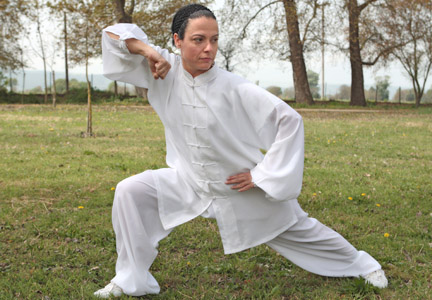
The growth and development of Shaolin [Chin: Shàolín 少林] Soft Fist - Rou Quan [Chin: róuquán 柔 拳] unfortunately was not like that of Shaolin Kung Fu. The need for survival forced the monks to focus on strengthening the body and on defense and combat techniques rather than the healing properties and the energy balancing provided by the art of the old monks. Soft Fist - Rou Quan is a great art, which constantly develops the physical…

